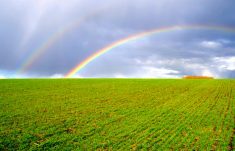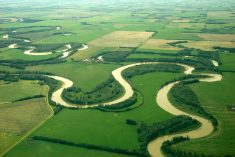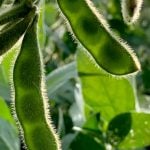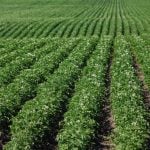Saskatoon | Reuters — Canadian farmers were on track to reap slightly larger wheat and canola yields, despite dry conditions and a wide discrepancy in growth rates, a crop tour estimated on Thursday.
The inaugural Grain World crop tour, organized by FarmLink Marketing Solutions, toured the Prairie provinces on Tuesday and Wednesday.
Moisture conditions vary widely across the Prairies, resulting in highly variable crops, the tour found.
“We saw some short (crops), tall ones, thin ones, fat ones,” said FarmLink senior market analyst Neil Townsend. “But we didn’t see much that would measure out as a disaster.”
Read Also

U.S. grains: Soybean futures set two-week high on US weather worry, soyoil rally
Chicago Board of Trade soybean futures touched a two-week high on Friday on worries that heat may threaten U.S. crops and expectations that the country’s biofuel policy would boost demand for soyoil, analysts said.
FarmLink is an advisory service for farmers.
The crop tour estimated an average Canadian wheat yield, excluding durum, of 54.4 bushels per acre in the 2018-19 crop marketing year, up from the previous year’s 53.8 bushels, and surpassing the five-year average. Durum yields also looked bigger, rising to an estimated 39.01 bushels per acre from 35.3 bushels, but falling short of the five-year average.
Spring wheat yield prospects in northern North Dakota are better than a year ago but lag the five-year average, scouts on the second day of an annual U.S. crop tour said on Wednesday.
The Grain World tour estimated an average Canadian canola yield of 41.9 bushels per acre in 2018-19, up from 41.1 bushels a year earlier and larger than the five-year average.
The tour yield estimate is a “game-changer” for canola, changing sentiment from bullish about supply and demand to a key question of how much canola China will buy, Townsend said.
Wheat and canola looked lush in Manitoba, but in Alberta, canola was so immature that scouts could not count pods, Townsend said. In general, crops need rain, and soil moisture is insufficient, he said.
Two crop futures traders who were not on the tour said the results looked bearish.
ICE Canada November canola futures were up 0.6 per cent, but pared their gains slightly after the tour estimates were released.
Much of southern Alberta and central Saskatchewan has received well below normal rainfall in the past month, while most of Manitoba’s growing area has received roughly average amounts, according to Agriculture and Agri-Food Canada.
Statistics Canada is scheduled to report its first estimates this year of crop yields and production next month, using a farmer survey.
— Rod Nickel is a Reuters correspondent covering the agriculture and mining sectors from Winnipeg.
















